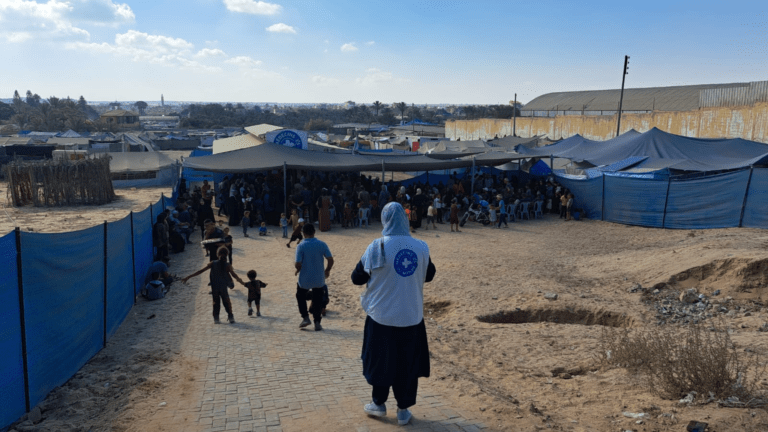JE DÉCOUVRE LE DON MENSUEL
JE DÉCOUVRE LE DON MENSUEL
JE DÉCOUVRE LE DON MENSUEL
JE DÉCOUVRE LE DON MENSUEL
JE DÉCOUVRE LE DON MENSUEL
JE DÉCOUVRE LE DON MENSUEL
JE DÉCOUVRE LE DON MENSUEL
JE DÉCOUVRE LE DON MENSUEL
JE DÉCOUVRE LE DON MENSUEL
JE DÉCOUVRE LE DON MENSUEL
JE DÉCOUVRE LE DON MENSUEL
JE DÉCOUVRE LE DON MENSUEL
JE DÉCOUVRE LE DON MENSUEL
JE DÉCOUVRE LE DON MENSUEL
JE DÉCOUVRE LE DON MENSUEL
JE DÉCOUVRE LE DON MENSUEL
JE DÉCOUVRE LE DON MENSUEL
JE DÉCOUVRE LE DON MENSUEL
JE DÉCOUVRE LE DON MENSUEL
JE DÉCOUVRE LE DON MENSUEL
JE DÉCOUVRE LE DON MENSUEL

Protection of humanitarian workers
Humanitarian and health workers have faced alarming violence over the past few years, with ongoing challenges to security, safety and access.
Between 2015 and 2020, the number of attacks on humanitarian workers consistently increased. In 2021, the attacks on aid workers started to decrease, but this same year recorded the highest number of killings ever reported since 2013. In 2022, experts started to notice a slight decrease in attacks (from 461 in 2021 to 439 in 2022), which some have analysed as linked to the evolution of the situation in Afghanistan, but attacks still resulted in significant harm. At least 139 aid workers were seriously injured, 185 were kidnapped and 115 were killed according to the Aid Worker Security Database (AWSD). The attacks on health workers and their facilities continue to show worrying trends: 2022 marked the most violent year in the last decade, with a 45% increase compared with 2021. There were 1989 attacks and threats against health facilities and personnel, resulting in 232 health workers killed, 298 kidnapped and 294 arrested, according to the Safeguarding Health in Conflict Coalition (SHCC).














